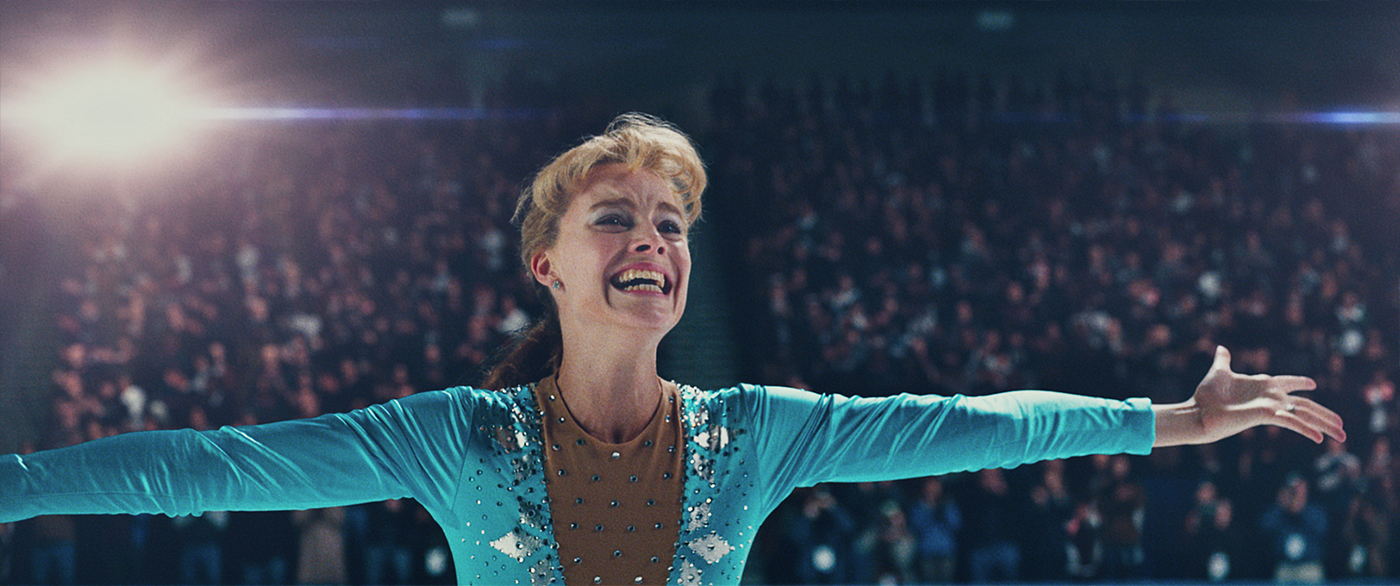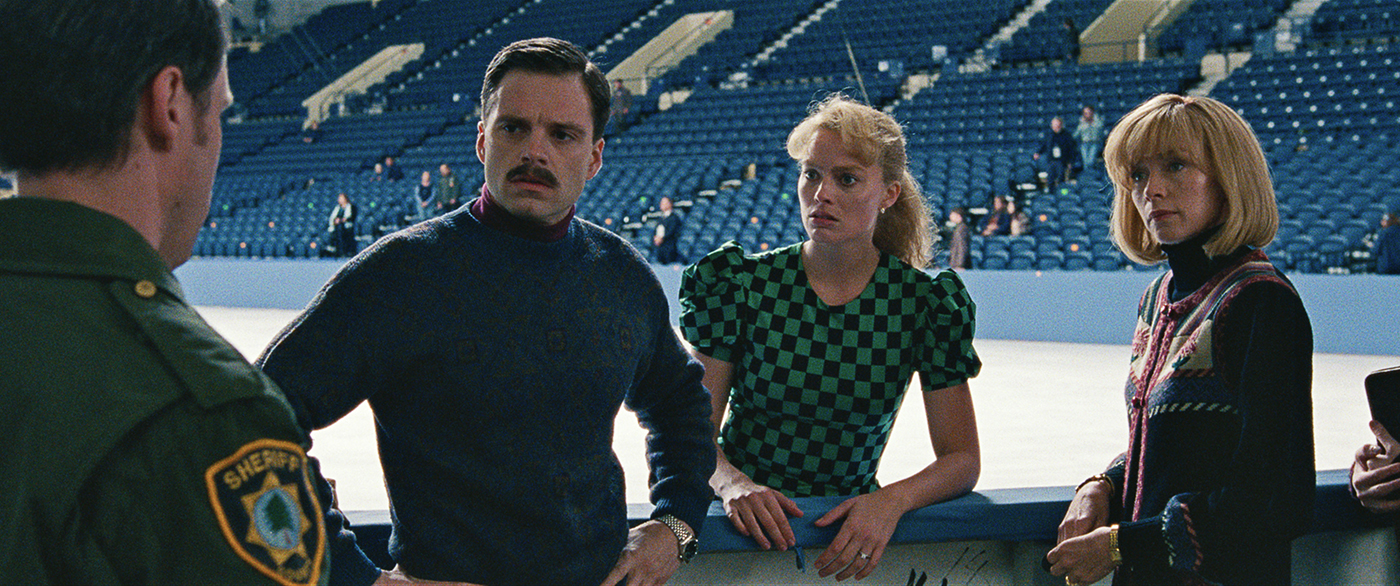Juliet Tierney has been working in production since 1996. She has worked for many agencies and studios such as McCann-Erickson, Mother or MPC. She joined Eight VFX in 2016.
Can you tell us few words about Eight VFX?
We are a visual effects studio and have been in business since 2004. We have a 10,000 sq ft studio in Santa Monica, CA and another one in New York City. Most recently we have completed work on I, TONYA, THE ORVILLE and STRANGER THINGS but also have over a decade of experience working in commercials. We have worked in commercials for most of our career. We have about 60-70 employees. Having the experience of working in commercials for over a decade is proving extremely helpful as we continue to move into the TV and feature film world. Our background has given us the knowledge, adaptability and expertise to provide turnarounds on extremely tight timeframes while providing cost effective solutions to our clients. Eight VFX is a diverse team of talented individuals, working effectively and in synergy to complete “invisible” visual effects in a timely and cost effective manner.
How did you and Eight VFX get involved on this show?
Eight VFX has a strong relationship with the director, Craig Gillespie. Craig brought us to the party as he was bidding the movie.
How was the collaboration with director Craig Gillespie?
There is a great shorthand between Jean-Marc, the VFX Supervisor at Eight and Craig from their many years of working together on commercials. The collaboration on this project was a great experience.
What was his approach and expectations about the visual effects?
Craig knew that we would be replacing the stadiums and crowds in all the skating shots and needing to do face replacement of Margot’s face onto the skating body double. So this was discussed and planned for in advance.
How did you organize the work at Eight VFX?
We knew we needed to be on set for all the skating sequences, so we had a VFX team of 3 on the shoot, to put up tracking markers, set up witness cameras, scan the stadiums etc. After the shoot before receiving shots, we had a prep period of over a month to process and create the CG head model of Margot, build the stadiums in CG and start creating and animating CG people for the crowd.
The big challenge on this movie is the skating sequence. How did you approach these shots?
The director wanted each of the skating sequences to have their own look and personality. We worked with his direction to accurately fill each stadium with the correct amount of people per skating event, face replacement on Margot and then added digital anamorphic flares over the top.
Can you explain in details about the creation of the CG face of Margot Robbie?
We engaged a company called Eisko out of Paris to capture the scan data. They brought their portable rig to the shoot in Atlanta, where we set up a small studio on location. The processed data produced a CG model complete with textures for a neutral pose and 2 additional make up looks captured on set. From there we rigged the model to the animator’s specifications so they could create Margot’s facial expressions, and hand animated each shot. After rendering the CG the 2D artists then went in and worked over the top of the CG to clean up, add or remove details on the face.
How did you handle the changes of lighting for her face?
We created directional light in the CG stadiums based on the original in camera light source. So the live action plate dictated the lighting on the face.
How did you created the shader and textures for the skin?
The model we received from Eisko came with textures. We created shaders based on the lighting of each scene.
Can you tell us more about the tracking challenge?
Yes, as you can see from the movie the camera closely follows Margot’s performance as she is skating, which was challenging for tracking. So we set up 6 witness cameras on set, allowing us to accurately pinpoint where the skater is in each shot.
How did you manage the transitions and the different takes between Margot Robbie and the professional skater?
There were some complex skating transitions we used Flame to achieve. For the face replacements we used a combination of 2D and 3D techniques. Some shots were fully 2D face replacements using blue screen takes of Margot’s performance, others are fully CG face replacements and most are a combination of CG and 2D techniques.
The skating sequences also feature big and crowdy stadiums. Can you explain in details about their creation?
Two stadiums were filmed on location and out of those 2 live action stadiums we re-created 4 stadiums for the different staking events. We scanned the stadiums used in camera and re-built them in CG.
How did you populated these stadiums?
We created CG people and animated them. Each stadium had a different amount of people based on the real live event.
There is a beautiful continuous shot inside the house where we see different Jeff (Sebastian Stan). How did you created this shot?
This shot uses multiple takes which we stitched together in Nuke.
Is there any other invisible effects you want to reveal to us?
As well as a few complex stitch shots, we gave all the TV footage a vintage 80s look, added muzzle flashes and broken mirrors to some of the fight sequences. We also added all the crowds in the boxing shots towards the end, which are darkly lit and less noticeable than the skating stadiums.
Which sequence or shot was the most complicated to create and why?
From a VFX standpoint the last major skating sequence at Lillehammer is the most complex. There is a scene which is almost 3 minutes long, created from 3 different shots. The first and last shots have Margot skating for real, and the middle shot has face replacement. Because this is one final shot the middle plate had to be perfect so you can’t feel the difference between the real Margot and her CG double. We also re-built the stadium in CG, added CG crowd for the audience and gave the sequence its own look with anamorphic lens flares. It’s also a favorite of the editor, Tatiana Riegel and the director, Craig Gillespie.
What is your best memory on this show?
The collaboration between us, the director and the editor made this job uniquely enjoyable and satisfying. When you have talented people all trusting each other’s work and respecting the process it makes for a happy crew and overall satisfaction of the final achievement.
How long have you worked on this show?
We were on the shoot in February 2017 and delivered final shots at the end of July. So 6 months in total.
What’s the VFX shots count?
215 shots.
What was the size of your team?
We had a core team of 10 artists, with additional support for tracking and rotoscoping.
What is your next project?
We are currently working on a number of TV commercials whilst bidding more features and TV shows.
What are the four movies that gave you the passion for cinema?
CITIZEN KANE, CINEMA PARADISO, GOODFELLAS and THE GODFATHER.
A big thanks for your time.
// WANT TO KNOW MORE?
Eight VFX: Dedicated page about I, TONYA on Eight VFX website.
© Vincent Frei – The Art of VFX – 2018








